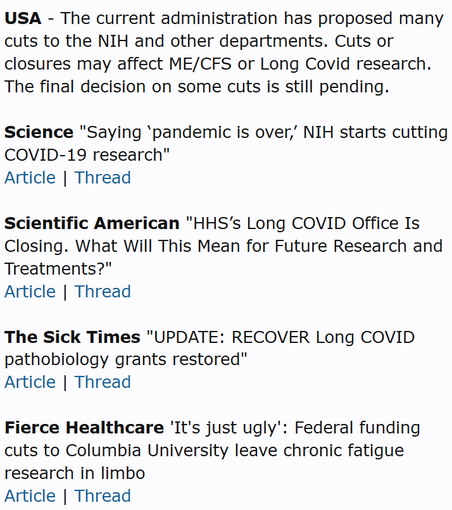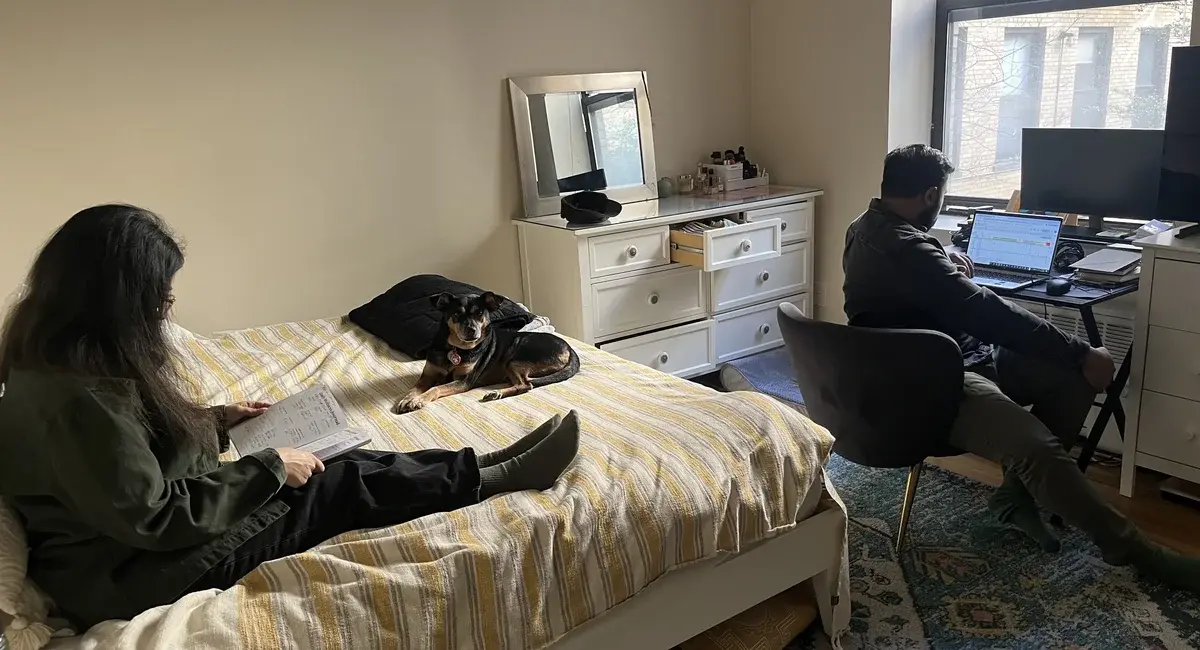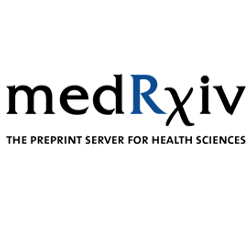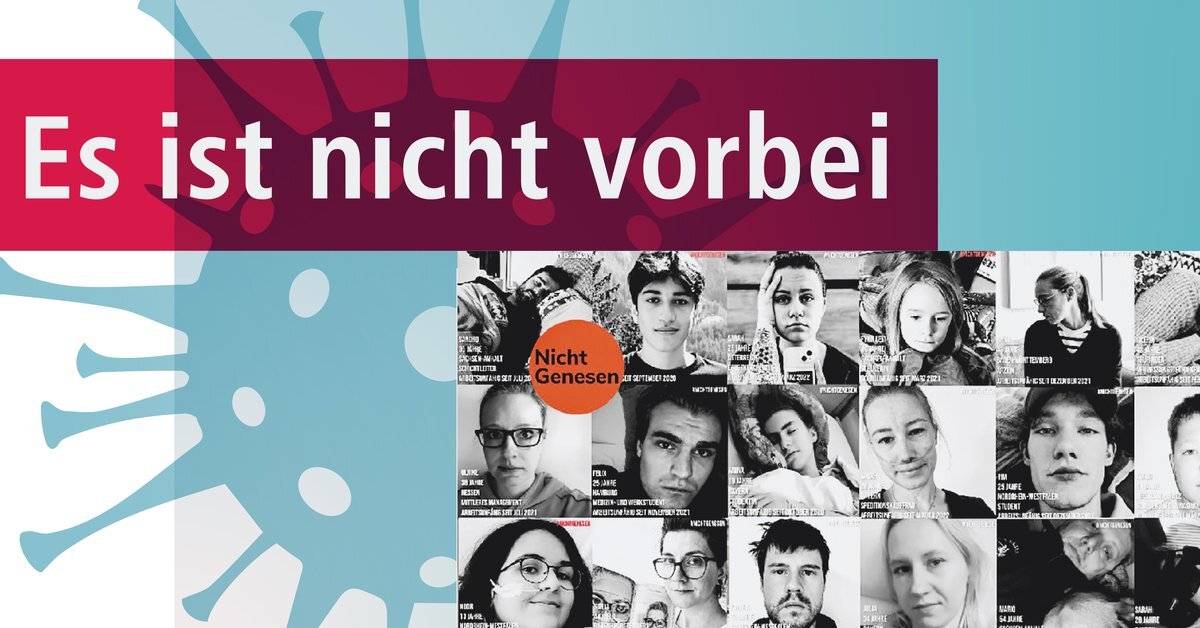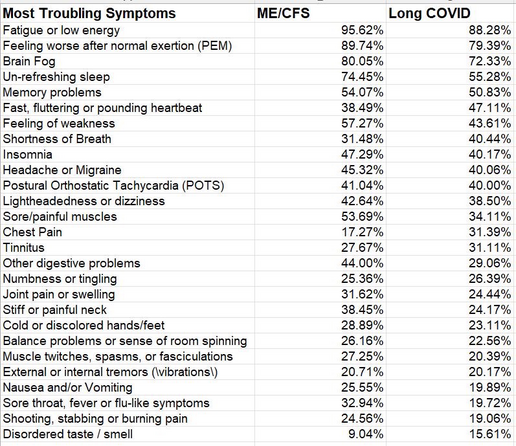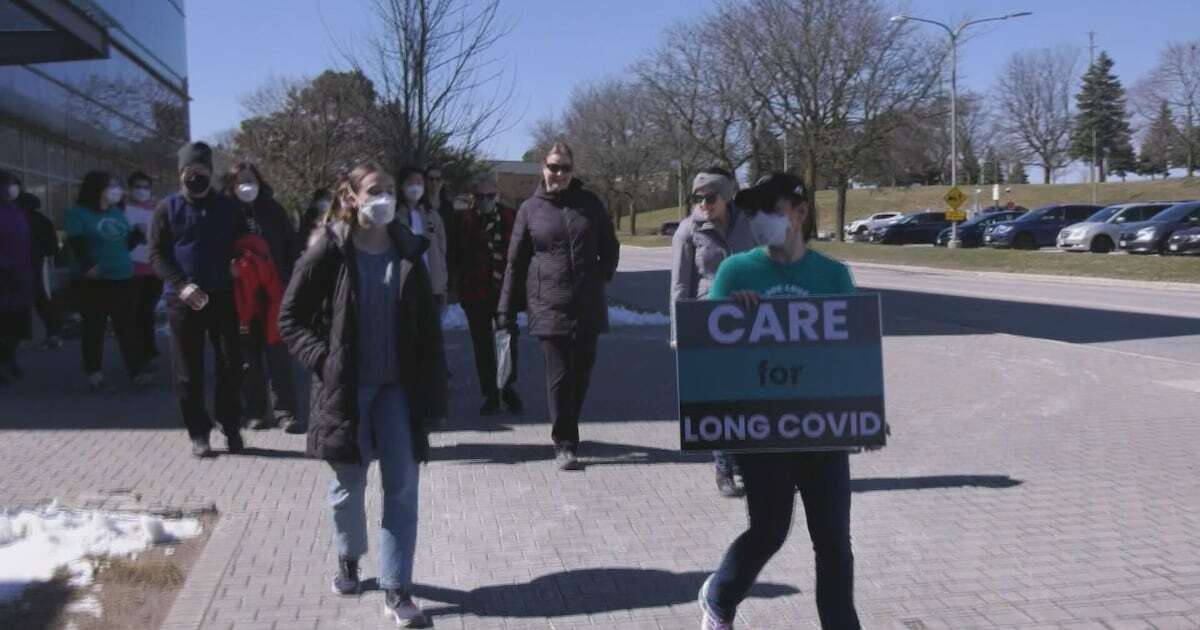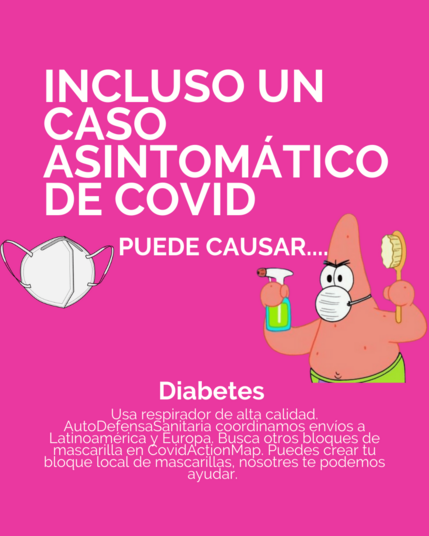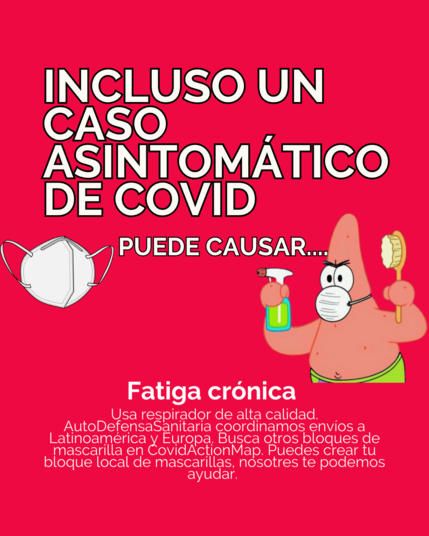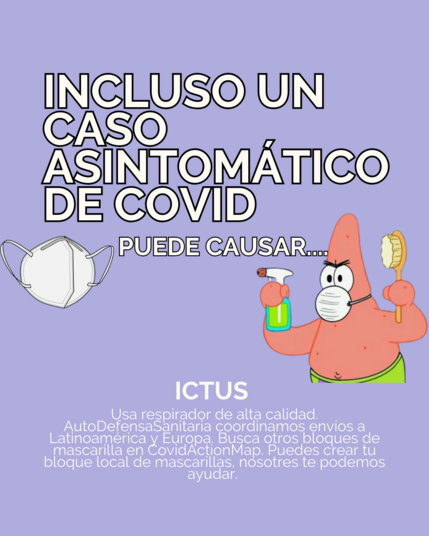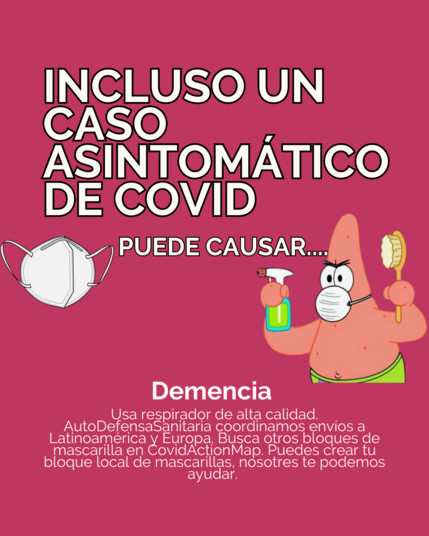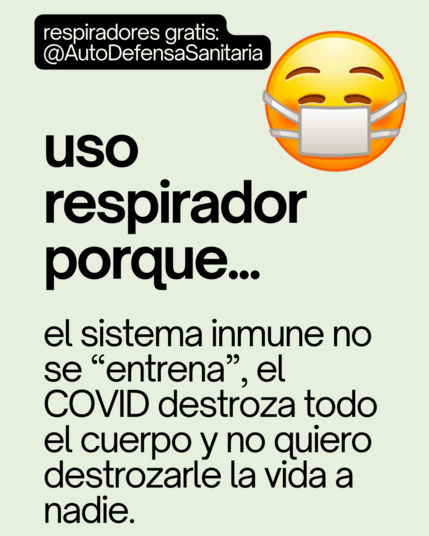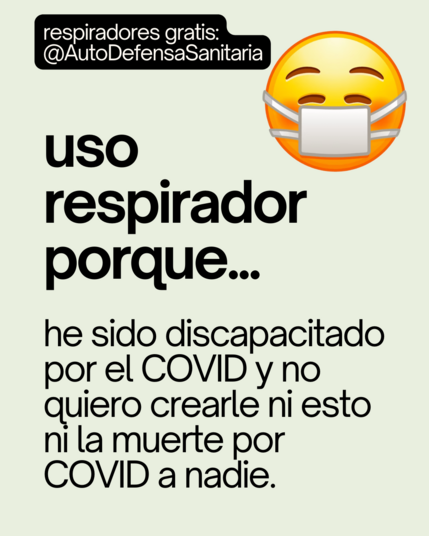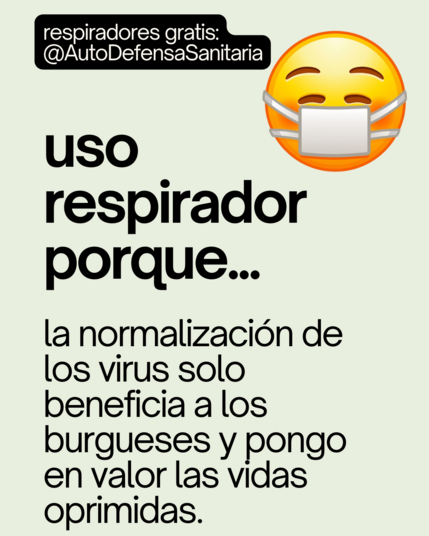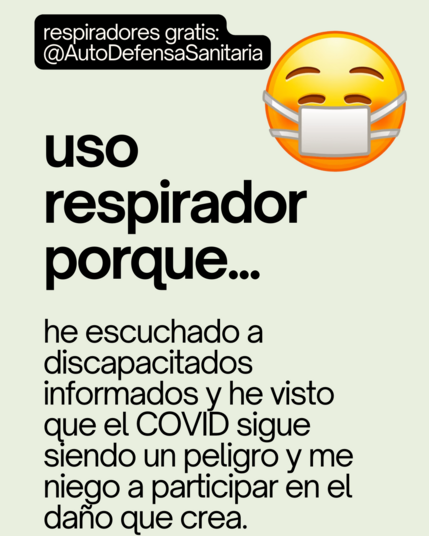La mitad de las infecciones de COVID son asintomáticas, lo tienes y no lo sabes
Mínimo el 10% de toda forma de infección acaba en LONG COVID, una enfermedad nueva, la mayoría de los médicos no te creen y usar su autoridad como violencia, las personas pobres y oprimidas son las más afectadas por esta eugenesia
Las vacunas no frenan ni la transmisión, ni la infección, ni el desarrollo de LONG COVID. las vacunas no están siendo actualizadas porque no paran de haber nuevas variantes por la negligencia del estado y la falta de mascarilla colectiva
#MaskUp #WearAMask #CovidRealist #CovidIsAirbone
#LlevaMascarilla #RealistaCovid #CovidSonAerosoles #birdflu #gripeaviar #LongCovid
10 Acciones para la Solidaridad durante la Pandemia
Escrito por
@ps4.future
Mientras las instituciones capitalistas producen enfermedades y muerte masivas, no debemos abandonarnos entre nosotros. Juntos, tenemos el poder de dar forma a nuestras comunidades. Para hacerlo, debemos priorizar la salud y la seguridad de todas nuestras personas comprometiéndonos con estas 10 acciones:
1. USAR MASCARILLA: de alta calidad y bien ajustadas.
2. LIMPIAR EL AIRE: con purificadores de aire, abriendo ventanas
3. PRUEBAS FRECUENTES: de calidad PCR cuando sea posible. Aíslate de los demás en tu hogar y comunidad si das positivo o estás enfermo.
4. PLAN CAPAS.
5. COMPARTIR HERRAMIENTAS
6. CAMBIAR LA NARRATIVA: Utiliza un lenguaje intencional para promover la seguridad del COVID-19 y combatir la desinformación, minimización y negación en tus relaciones y comunidades.
7. EXIGIR SEGURIDAD.
8. PROTEGER ESPACIOS PÚBLICOS: Exige requisitos rigurosos y sólidos de seguridad COVID-19. Boicotea a aquellos que no los implementen.
9. EXIGIR PROTECCIÓN GUBERNAMENTAL.
10. ACTUAR EN SOLIDARIDAD: Prioriza tu compromiso con la liberación, lucha contra todos los sistemas de opresión y apoya a grupos que luchan por futuros justos.


